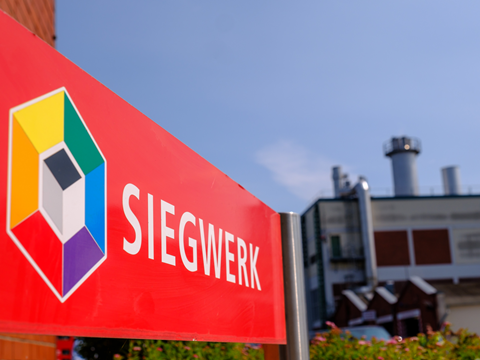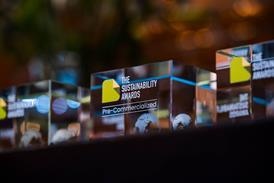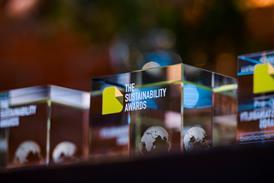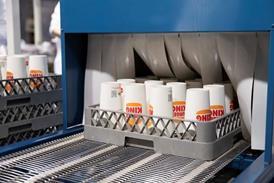
Siegwerk has introduced its nitrocellulose (NC) free ink series for surface printing on polyethylene (PE) and polypropylene (PP) packaging solutions, developed to meet packaging design guidelines such as those from RecyClass and CEFLEX.
The new inks include surface solutions for both flexo and gravure printing and are part of the company’s NC-free flexible packaging portfolio, initially available to customers in the EMEA region. The company says that NC-based inks are a commonly used solvent ink type due to their high heat resistance, quick drying and adhesion capabilities – but are also a major recycling concern, as the limited thermal stability can lead to unpleasant odour, discoloration and lower mechanical strength of the recyclate, which can hinder the material recycling process.
Siegwerk states all its NC-free solutions are fully compliant with current recycling guidelines and are available as either ready-to-use ink or masterbatch systems. Apparently, the solutions utilize a set of proprietary, self-developed polyurethane binders as a replacement for nitrocellulose, said to have excellent printability and high heat and mechanical resistance.
Industrial applications of the new flexo and gravure surface inks have reportedly shown good sealing resistance and high rub resistance, confirming their suitability for surface printing without the use of an additional overprint varnish (OPV).
Last year Linx Printing Technologies developed two new inks to print legible, durable codes onto the ‘latest generation’ of recycled and recyclable plastic films and increase supply chain traceability. The inks are intended to offer reliable code adhesion on plastic film packaging, including plastic flow wrap for dry foods and plastic pouches for food sauces, confectionery, pet foods and household chemicals.
In January Amazon claimed its new designs for Echo, Kindle, and Fire TV products use an average of 30% more recycled fibre content and 60% less ink, with a tactile-marked QR code intended to guide visually impaired consumers through the setup process. The designs are set to resemble the brown kraft of other Amazon boxes while making room to ‘more than double’ the company’s use of post-consumer recycled materials.
If you liked this story, you might also enjoy:
The ultimate guide to the Packaging and Packaging Waste Regulation in 2024
How are the top brands progressing on packaging sustainability?
Sustainable Innovation Report 2024: Current trends and future priorities
Everything you need to know about global plastic sustainability regulation




















No comments yet